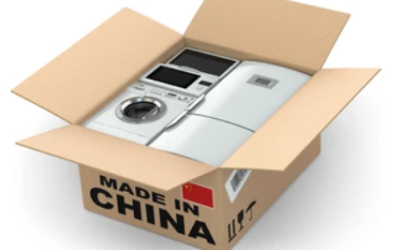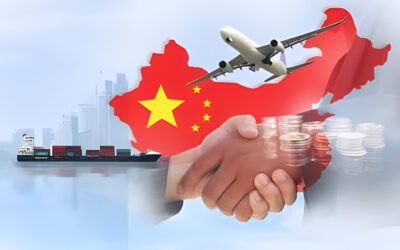Compliance Challenges in China Sourcing

In today’s interconnected global market, China stands as a dominant force for sourcing a vast array of goods. However, amid the plethora of opportunities it offers, intricate compliance challenges loom large, demanding meticulous attention and strategic navigation. In this article, we will delve into these complexities and explore effective strategies for addressing them.
Understanding Regulatory Landscape
Understanding and navigating China’s multifaceted regulatory landscape is of paramount importance for businesses engaged in sourcing activities. From stringent product safety standards to complex import and export regulations, staying abreast of the latest legal requirements is essential. Partnering with knowledgeable local experts who possess a deep understanding of China’s regulatory framework can provide invaluable insights and guidance.
Quality Assurance Protocols
Ensuring the consistent quality of sourced products is a non-negotiable aspect of any successful sourcing endeavor. Implementing robust quality assurance protocols is vital to safeguard against the procurement of substandard goods that could potentially harm consumers or tarnish a company’s reputation. Regular audits, inspections, and quality control measures help maintain standards and mitigate risks throughout the supply chain.
Ethical Sourcing Practices
In recent years, ethical considerations have become increasingly prominent in sourcing decisions. Upholding ethical sourcing practices, such as ensuring fair labor standards and environmentally sustainable manufacturing processes, is not only a moral imperative but also a strategic business decision. Embracing ethical sourcing practices not only fosters goodwill among consumers but also mitigates reputational risks associated with unethical supply chain practices.
Supply Chain Transparency
Maintaining transparency across the entire supply chain is essential for ensuring accountability and mitigating risks. Establishing robust traceability mechanisms allows companies to track the journey of products from their origins to the end consumer, enabling swift identification and resolution of any potential issues or irregularities. Transparent supply chains inspire trust and confidence among consumers and stakeholders alike.
Risk Mitigation Strategies
Proactively identifying and mitigating risks is a fundamental aspect of effective supply chain management. Diversifying suppliers, conducting thorough due diligence on potential partners, and implementing contingency plans are key strategies for minimizing disruptions and enhancing resilience in the face of unforeseen challenges. By adopting a proactive approach to risk management, businesses can safeguard their operations and maintain continuity even in volatile market conditions.
Embracing Technological Solutions
Technology plays a pivotal role in modern supply chain management, offering innovative solutions for addressing compliance challenges. Leveraging data analytics, blockchain technology, and artificial intelligence (AI) enables companies to streamline processes, enhance visibility, and improve decision-making capabilities. By harnessing the power of technology, businesses can optimize efficiency and adaptability in an increasingly complex sourcing landscape.
Collaborative Partnerships
Building collaborative partnerships with suppliers, manufacturers, and other stakeholders is essential for fostering mutual understanding and driving collective progress. Open communication, trust, and collaboration enable companies to address challenges more effectively, share best practices, and identify opportunities for innovation and improvement. By cultivating strong relationships throughout the supply chain, businesses can build resilience and achieve sustainable growth.
Continuous Evaluation and Adaptation
In the ever-evolving landscape of global sourcing, continuous evaluation and adaptation are essential for maintaining compliance and competitiveness. Regularly reviewing and updating compliance policies, monitoring changes in regulations, and staying attuned to emerging trends and technologies are critical components of effective supply chain management. By embracing a culture of continuous improvement and agility, businesses can navigate challenges with confidence and seize new opportunities for growth and success.
Conclusion
In conclusion, navigating compliance challenges in China sourcing requires a proactive and strategic approach that encompasses regulatory compliance, quality assurance, ethical considerations, transparency, risk management, technological innovation, collaborative partnerships, and continuous evaluation. By prioritizing compliance and adopting best practices, businesses can mitigate risks, enhance efficiency, and unlock opportunities for sustainable growth and success in the dynamic and competitive global marketplace.
Recent Posts
- Budget-Friendly Imports: Strategies for Cost Control When Importing Goods From China
- Bridging Cultures: Navigating Cultural Aspects in China Imports
- Guide to working with a sourcing agent in China for startups
- How China Sourcing Agents Can Transform Your Business
- Exploring the Benefits of Collaborating with a China Sourcing Agent







Recent Comments